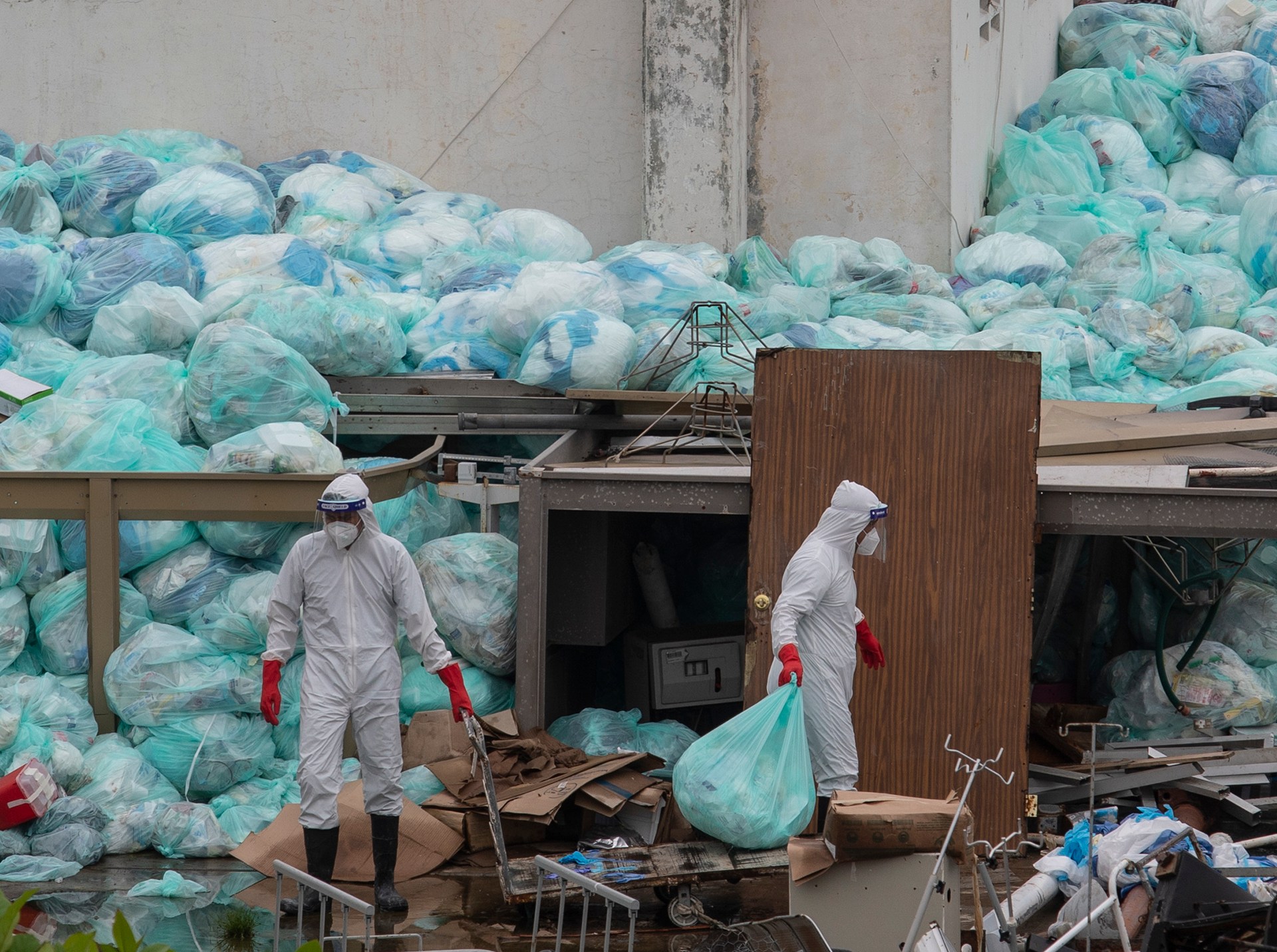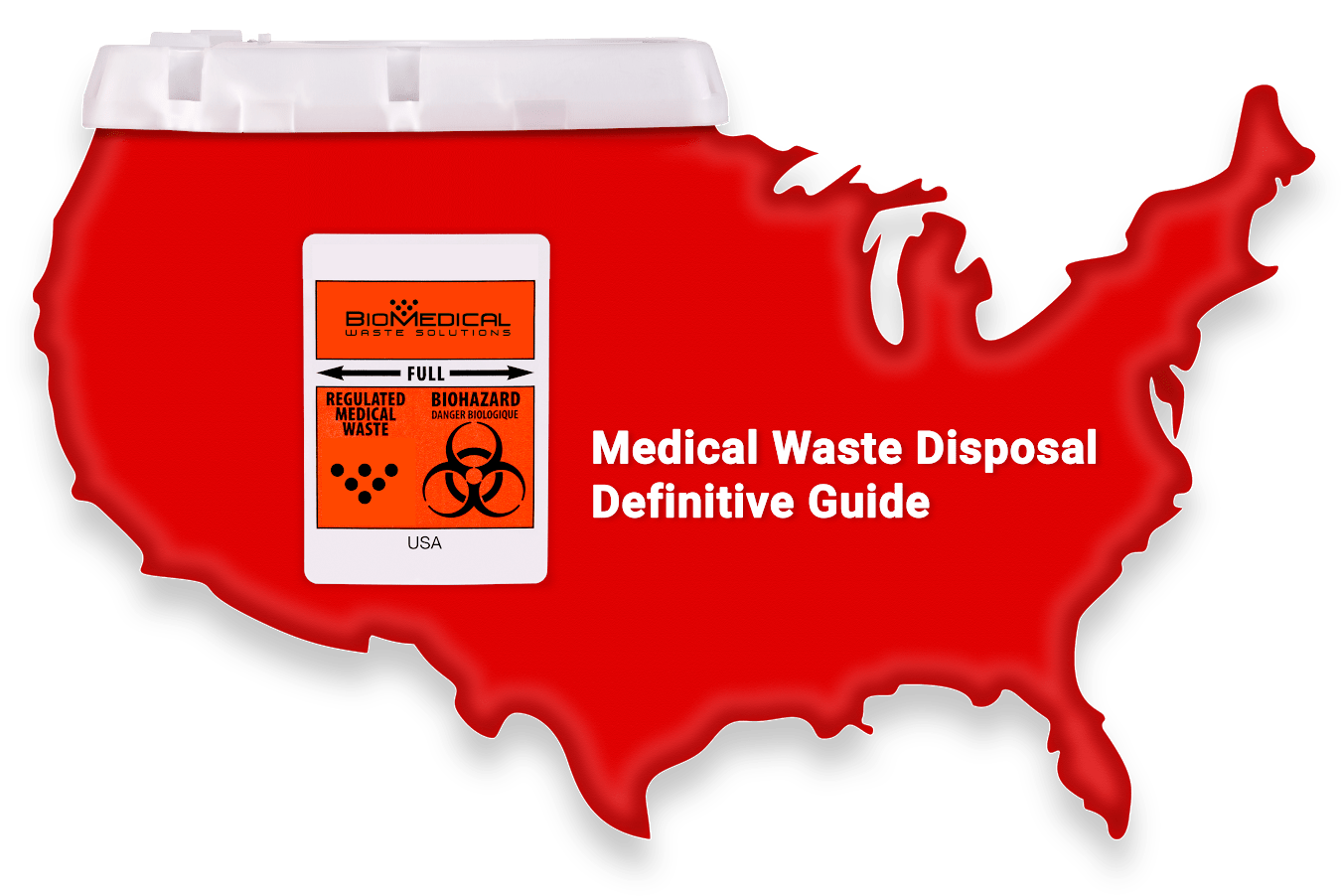Specialist Solutions for Health And Wellness: Revealing the Medical Waste Removal Service Advantage
Specialist Solutions for Health And Wellness: Revealing the Medical Waste Removal Service Advantage
Blog Article
Checking Out Different Waste Disposal Options for a Cleaner Atmosphere
In the pursuit of a cleaner environment, the management of waste disposal has arised as a critical focal point for sustainable development. With a plethora of waste disposal choices available, varying from standard land fill methods to cutting-edge waste-to-energy modern technologies, the option of how we handle our waste has far-ranging implications for our earth's well-being.
Recycling Methods
Applying reliable recycling approaches is important in decreasing waste and advertising sustainability in our atmosphere. Reusing entails the process of transforming waste materials into multiple-use items to prevent unnecessary disposal. Among one of the most typical recycling methods is worldly recovery, where materials like paper, glass, plastic, and steel are gathered, arranged, and processed to develop new items. This process not just preserves natural deposits however also lowers energy usage and greenhouse gas emissions associated with creating brand-new products from scrape.
Another essential recycling technique is composting, which entails decomposing natural waste like food scraps and backyard trimmings right into nutrient-rich dirt. This process not only diverts organic waste from land fills but additionally generates a valuable source for gardening and agriculture. Furthermore, upcycling is a creative recycling method that involves transforming old or discarded materials right into items of better or worth. By including these various recycling methods into our waste management methods, we can substantially reduce our environmental footprint and relocate in the direction of an extra sustainable future.

Composting Strategies
Reliable waste administration techniques, such as recycling methods, lead the means for a cleaner environment, and now, changing the emphasis to 'Composting Techniques', we discover sustainable methods to disintegrate organic waste for ecological benefit. medical waste removal.
Composting is a natural procedure that transforms natural waste, like food scraps and backyard trimmings, into a nutrient-rich dirt amendment. The secret to successful composting hinges on developing the right balance of environment-friendly products, such as fruit and veggie scraps, and brown materials, like dried fallen leaves and branches. These materials decay with the aid of microorganisms, breaking down the waste into useful garden compost.
There are different composting strategies available to match various needs. Conventional backyard composting includes layering organic materials in a container or heap and routinely turning the mix to aerate it. Vermicomposting, on the other hand, makes use of worms to damage down organic matter into garden compost (click here). For those with minimal room, indoor composting systems provide a practical option. By making use of composting techniques, we can decrease the amount of waste sent to garbage dumps while producing a useful product for enhancing dirt and sustaining plant development.
Incineration Disadvantages and pros
Incineration, as a waste disposal approach, offers both advantages and negative aspects that merit mindful factor to consider in the realm of sustainable waste monitoring practices. On the favorable side, incineration can substantially reduce the quantity of waste, minimizing the requirement for land fill space and potentially lowering greenhouse gas exhausts.
Nevertheless, there are remarkable disadvantages to incineration. One major concern is the possible release of hazardous contaminants right into the air, such as dioxins, heavy steels, and particulate matter, which can have adverse results on human health and wellness and the environment. In addition, the high initial investment and operational prices of incineration facilities position economic difficulties, making it a less economical alternative contrasted to other waste monitoring approaches. Cautious monitoring and regulation are vital to minimize these adverse impacts and maximize the benefits of incineration as part of an extensive waste monitoring strategy.
Garbage Dump Administration Methods
Garbage dumps play an essential role in waste management and environmental conservation by providing a containment system for the disposal of solid waste products. By condensing the waste, the volume is decreased, allowing for more waste to be accommodated over time.
Moreover, the implementation of everyday cover practices is important in minimizing odors, avoiding clutter, and lowering the destination of bugs. Covering the disposed waste at the end of every day aids to include smells and avoid potential environmental contamination. Additionally, the surveillance of garbage dump gas emissions and leachate degrees is important in making sure that ecological requirements are fulfilled which any kind of prospective risks to bordering ecosystems are reduced.

Waste-to-Energy Technologies
Among the ingenious approaches to squander monitoring includes utilizing Waste-to-Energy innovations to convert strong waste into functional power sources. Waste-to-Energy (WtE) modern technologies incorporate a series of procedures that intend to remove energy from waste materials through thermal, chemical, or organic means. This conversion process not just lowers the volume of waste that winds up in land fills yet additionally creates beneficial power sources such as power, heat, or biofuels.
Incineration includes burning waste at high temperatures to produce heat and power. Gasification converts waste into a syngas, which can be made use of for power generation or chemical production.
Executing Waste-to-Energy innovations can aid alleviate ecological issues linked with standard garbage disposal approaches while all at once supplying a renewable resource resource. Nevertheless, mindful factor to consider needs to be offered to exhausts control and guaranteeing the sustainability of feedstock products for these modern technologies to be really beneficial for a cleaner atmosphere.

Final Thought
To conclude, checking out different waste disposal alternatives such as recycling, composting, incineration, garbage dump management, and waste-to-energy technologies is recommended you read essential for advertising a cleaner atmosphere - click here. Each technique has its very own advantages and obstacles, yet by making use of a combination of these techniques, we can function towards reducing the quantity of waste that winds up in garbage dumps and eventually add to a much more sustainable future for generations to find
With a multitude of waste disposal alternatives available, varying from conventional landfill approaches to ingenious waste-to-energy technologies, the choice of just how we manage our waste has far-ranging implications for our earth's health. medical waste removal service.Incineration, as a waste disposal method, provides both benefits and negative aspects that warrant cautious factor to consider in the world of sustainable waste administration methods.Land fills play an essential function in waste administration and environmental preservation by supplying a control system for the disposal of solid waste materials. By condensing the waste, the quantity is minimized, permitting for more waste to be accommodated over time
One of the innovative approaches to throw away administration entails using Waste-to-Energy innovations to transform strong waste into useful power resources.
Report this page